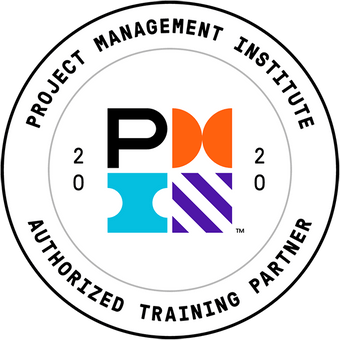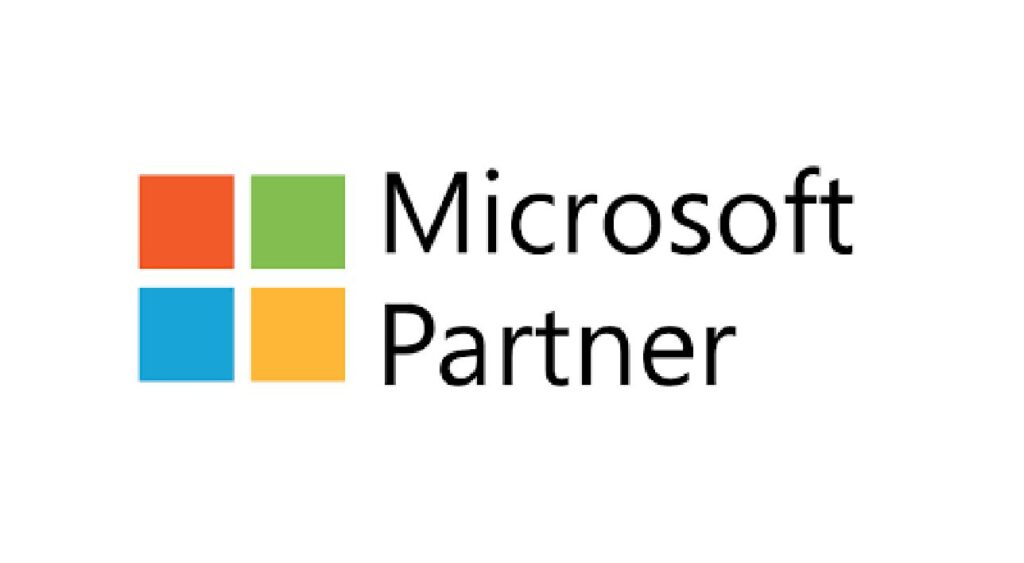By the end of the course you will have a practical understanding of how to set up and connect to a server, create databases and tables, insert and update data, and create and filter queries to get the valuable insights you need.
In this course we are using Microsoft SQL Server’s T-SQL, but you will be able to apply most of what you learn to many other databases such as MySQL, PostgreSQL, Oracle and more.
Highlights:
- 33 practical tutorials.
- Understand the structure of databases with RDBMS concepts.
- How to set up Microsoft SQL Server and SQL Management Studio.
- Create a new database and add data to tables.
- Back up and restore your database to protect your data.
- Use a SELECT statement to retrieve data.
- Filter records with WHERE, AND, OR clauses.
- Arrange results with ORDER BY and GROUP BY clauses.
- Search within aggregate groups with HAVING clause.
- Calculate data with Count, Average, and Sum functions.
- Update and remove data with UPDATE and DELETE statements.
- Combine and join tables with JOIN clauses.
- Other SQL concepts such as subqueries, indexing and primary key.
Once enrolled, our friendly support team is here to help with any course-related inquiries.
Summary
- Skill level: Beginner
- Lessons: 41
- Video duration: 3h 01m
- Certificate: Yes
- Pre-requisites: None
- Estimated study time: 20h 30min for all materials
Features
Premium video tutorials
Personalized Learning
Learn at your own pace
Tests and Quizzes
Award winning instructors
Get Certified
Mobile - Learn on the go
Regularly updated content
Accreditations & Approvals
All courses under each learning path are accredited and approved by one or more of the following bodies as is applicable.



Instructors
All courses are taught by reputed trainers with relevant accreditations and industry experience.
Modules
What is a database?
We will discuss what a database is, the different types of databases and what they are used for
An Overview of SQL
RDBMS Concepts
Working With Data Types
Setting Up Microsoft SQL Server
We will install and setup Microsoft SQL Server
Setting Up Microsoft SQL Server Management Studio
We will install and setup SQL Server Management Studio.
Connecting to a Server
We will connect to a server and look at the Object Explorer
System Databases
Creating a New Database
We will create a new database within MS SQL Server 2016, and create a new table
Adding Data to a Table
We will add data to our Table
Backing Up & Restoring a Database
You will learn how to backup a database and how to restore a backup
Simple SELECT Statements
WHERE Clause
AND & OR Clause
ORDER BY Clause
We will look at how we can sort returned data using the ORDER BY clause
GROUP BY Clause
We will look at how we can sort returned data using the GROUP_BY clause
HAVING Clause
TOP Clause
SELECT DISTINCT
UNION
Functions
INSERT Statement
UPDATE Statement
DELETE Statement
ALTER TABLE
Aliases
INNER JOIN
OUTER JOIN
LEFT JOIN
RIGHT JOIN
Subqueries
Indexing
Primary Key
We will discuss the Primary Key and why it’s so important
Target Audience
- Graduates exploring placement in the entry-level Data Analyst positions across industries
- Professionals needing upskilling to be future-ready or become more productive in their current roles
- Experienced individuals exploring Introduction to SQL roles to join the workforce
How do I Access The Program
- Buy the course online
- Save your payment transaction receipt for any future reference
- Our team will share the credentials to enable you access your course online within 2 business days of payment transfer
Bulk Orders
Incase you are looking for bulk user licenses, or customized Learning Paths for various Job Roles, reach out to us with your detailed requirements.






Reviews
There are no reviews yet.